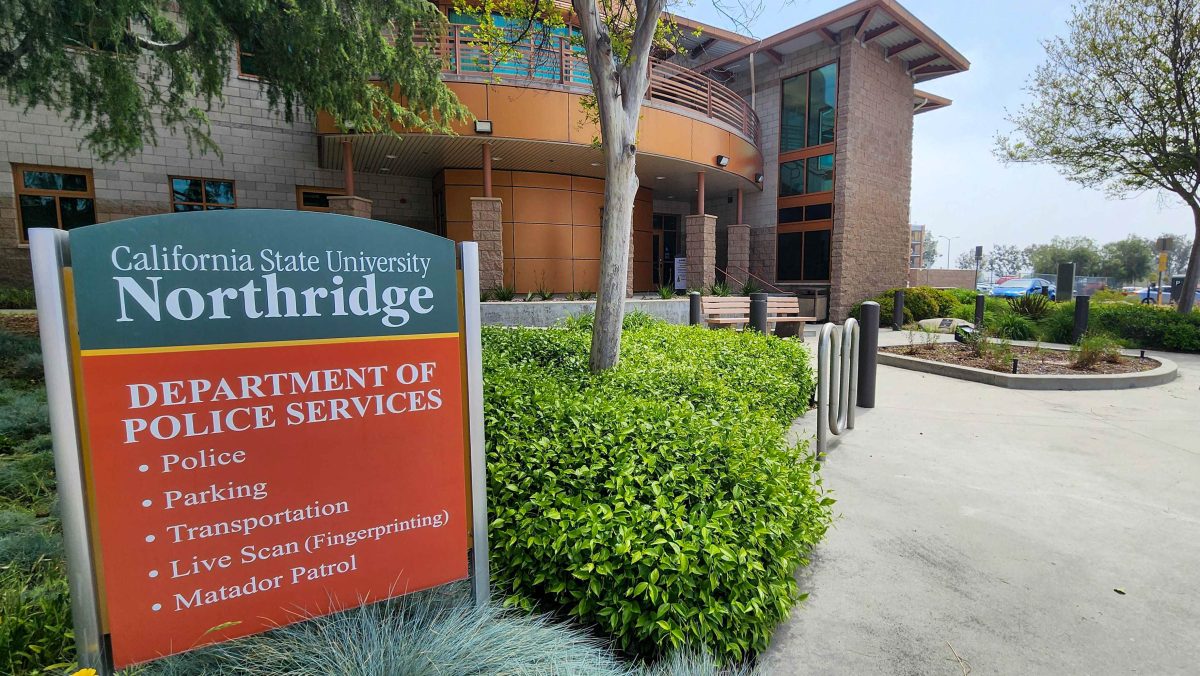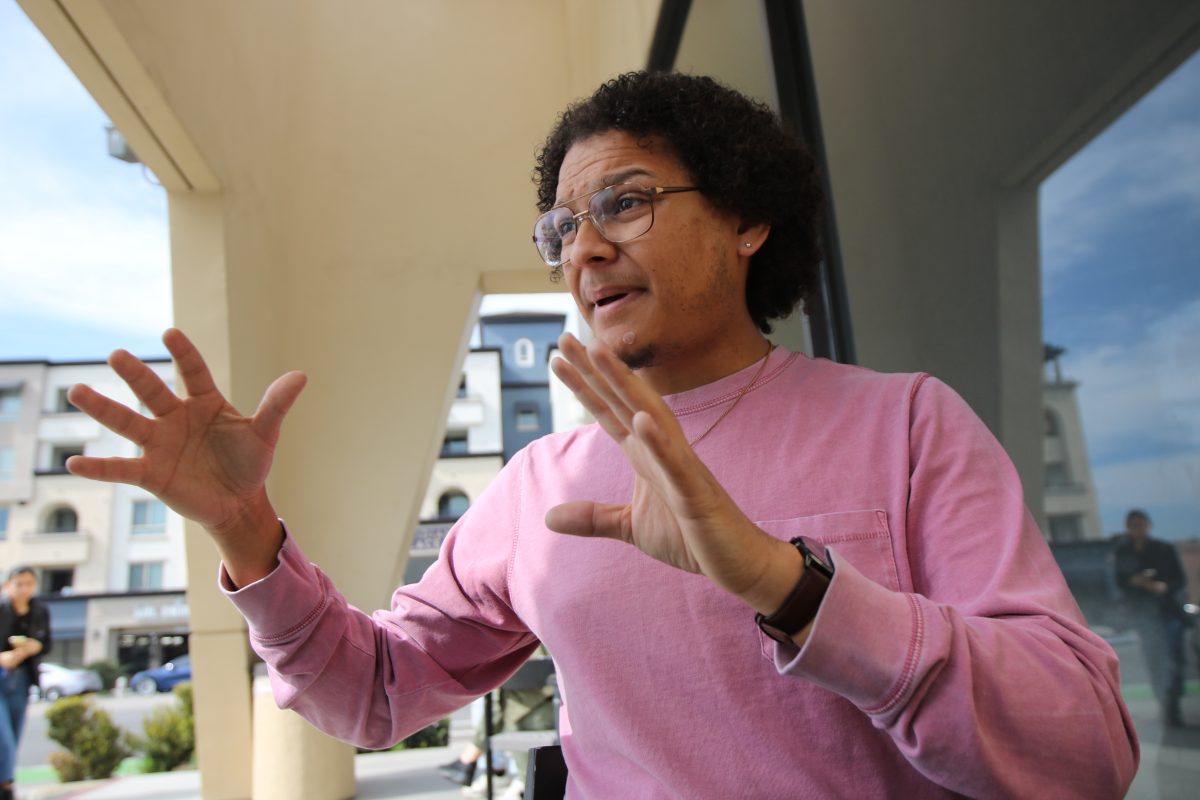A CSU task force created to review and recommend changes to the system’s math criteria were prevented from presenting their research by the CSU Chancellor’s Office, according to the task forces co-chair.
“The Chancellor’s Office told us we weren’t allowed to present to (the deans) because if we presented to them, we would bias them in favor of our report,” said Katherine Stevenson, co-chair of the task force and math professor at CSUN.
In February of 2016, the CSU system organized the Quantitative Reasoning Task Force to review the current standards for math and recommend changes to the curriculum. The recommendations made by the task force included an updated definition of quantitative reasoning and removal of intermediate algebra requirements, according to their report.
At the same time, the CO was preparing to release Executive Order 1110, which would alter math programs system-wide. When the task force released their report in September of 2016 the CO told them not to present their findings to any CSU campuses, according to Stevenson.
“I think by the time we turned in that report they had already made up their minds and knew what they wanted to do, and the report was irrelevant,” Stevenson said.
Ken O’Donnell, who was the liaison between the task force and the CO, said in an email that he did not know about the CO denying the task force from presenting their research. However, O’Donnell left his position as liaison once the research was finished but before the task force began reporting on it.
“I haven’t heard of cases where the task force was asked not to present its findings,” O’Donnell said. “As far as I know all the materials and final report were made public, and openly posted online.”
While the report was sent out to colleges, the task force was unable to present their research at any conferences, to campus deans or provosts, according to Stevenson.
“We were excluded from the CSU-wide meetings and we were given no opportunity to present at campuses unless we happened to know people at the campuses who insisted on inviting us,” Stevenson said. “But there was no facilitation done by the CSU to help us spread the word about the report.”
Without presenting the report to the campuses, the campus deans were left to interpret the research themselves without members of the task force clarifying what the research meant. This also made it difficult to have a discussion about the recommendations with the CSU campuses, according to Stevenson.
While some recommendations from the report were part of the chancellor’s new math plan, like removing an intermediate math prerequisite, some important aspects were left out, such as creating a definition for quantitative reasoning to better guide the creation of math curriculum, according to Stevenson.
“The only thing it did that followed our recommendation was to remove the intermediate algebra requirement,” Stevenson said. “But we said remove the requirement and have this definition. They created a vacuum. We didn’t say get rid of the remediation, we said make sure it’s serving the student’s pathway. Maybe that’s a stretch course, maybe that’s a co-req class, maybe for some students that is full-on remediation.”
Toni Molle, the director of public affairs for the CO, said in an email that other elements of the task force were implemented outside of EO 1110. A Center for the Advancement of Instruction in Quantitative Reasoning has been created, and there have been discussions about requiring a fourth year of math in high school for admittance to the CSUs. Those were both recommended by the task force.
Ultimately, Stevenson feels that the CO ignored the task force’s finding to avoid cooperation with faculty.
“I think that they were afraid that if they engaged with the faculty through the task force or other organizations that their vision would get watered down,” Stevenson said. “They didn’t care about the faculty. If they had sat down with us they would have realized we might have been going in the same direction and asked us what we needed to bring the faculty on board. We could have gotten there.”











